A data pipeline is the virtual infrastructure that transports data between different systems. Data pipeline automation is—as you’ve probably guessed—the practice of automating most or all of the stages in the data pipeline, as well as the creation of the virtual infrastructure itself. One of the biggest limitations of traditional data pipelines is that you have to rewrite your code when your data landscape changes. With data pipeline automation, the system automatically adapts to any changes, allowing you to dynamically alter your data sources, ingestion method, and more as your business requirements change.
The Benefits of Implementing Data Pipeline Automation
Implementing an automated data pipeline provides many business benefits, including:
- Greater Flexibility - Data pipeline automation allows you to make changes to your data pipeline without needing to rewrite your code. For example, when you add new data sources or reconfigure your cloud-based services, your data pipeline will dynamically adapt to the changes.
- Easier Regulatory Compliance - Data pipeline automation gives you the ability to automatically track data throughout its journey so you can easily account for the location and usage of your data at every step in the pipeline. That makes it easier to comply with data privacy and transparency regulations like the GDPR.
- Simplified Data Shifts - Data pipeline automation simplifies data shifts and other large change processes, such as migrating to the cloud. It does this by unifying all the individual steps involved in data shifts (like transferring the data, reformatting it, and consolidating it with other data sources) into one integrated and automated system.
- Better Analytics and Business Insights - Data pipeline automation allows you to extract meaningful data and feed it into your BI (business insights) and analytics platforms so you can put it to work for your organization.
The Architecture of Data Pipeline Automation
Let’s take a look at the typical architecture of data pipeline automation and how it all works together.
Data Sources
The first layer of any data pipeline is comprised of data sources. These are the databases and SaaS applications that supply your pipelines. To automate this process, you may want to employ data discovery tools to locate and tag data across your entire infrastructure. In data pipeline automation this is also referred to as data profiling—evaluating the structure, characteristics, and usefulness of data before it enters the pipeline.
Ingestion
The second component of data pipeline automation is ingestion—pulling data from the data sources into the pipeline. There are a variety of mechanisms for collecting this data in an automated pipeline, including API calls, replication engines, and webhooks. There are two strategies for data pipeline ingestion: batch ingestion or streaming ingestion.
- In batch ingestion, data is extracted and processed as a group. The ingestion process doesn’t work in real-time. Instead, it runs according to a schedule or in response to external triggers.
- In streaming ingestion, data is automatically passed along individually and in real time. This is used for applications or analytics platforms requiring minimal latency.
Transformation
Once the data has been ingested, it moves to the next stage of the pipeline. Some data is ready to go straight to the destination, but other data needs to be reformatted or altered before it can be transferred. Exactly what transformation occurs, or when, will depend on the data replication process you use in your pipeline.
- ETL – or extract, transform, load – transforms data before it reaches its destination. This is typically only used for on-premises data destinations.
- ELT – or extract, load, transform – loads data to its destination and then applies transformations. This is more commonly used with cloud-based data destinations.
Destinations
The destination is where your data ends up after it has moved through the pipeline. Typically, the destination is what’s known as a data warehouse, a specialized database that contains cleaned and mastered data for use in BI, analytics, and reporting applications. Sometimes, raw or less-structured data flows to a data lake, where it can be used for data mining, machine learning, and other data science and analytics purposes. Or, you may have an analytics tool that can receive data straight from the pipeline, in which case you’ll skip the data warehouse or data lake.
Monitoring
The last (but certainly not least) component of an automated data pipeline is monitoring. Data pipeline automation is complex and involves many different software, hardware, and networking pieces, any of which could potentially fail. That’s why you need automated monitoring to provide visibility on all the moving parts, alert engineers to issues that arise, and automatically mediate minor problems that don’t require human intervention.
Implementing Data Pipeline Automation
Now that you understand the benefits of data pipeline automation and how it all works together, it’s time for implementation. You essentially have two choices:
- You could develop your own data pipeline
- You could use a SaaS data pipeline
If you choose to create your own automated data pipeline, you should look into the commercial and open-source toolkits and frameworks available to simplify the process. There’s no need to reinvent the wheel when there are plenty of existing tools that can do the job for you. For example, a workflow management tool like Airflow helps you structure your pipeline processes, automatically resolve dependencies, and visualize and organize data workflows.
An even better approach is to look for a SaaS data pipeline automation solution that provides all the functionality and tooling you need, freeing up your developers and engineers to work on projects with more direct business value.
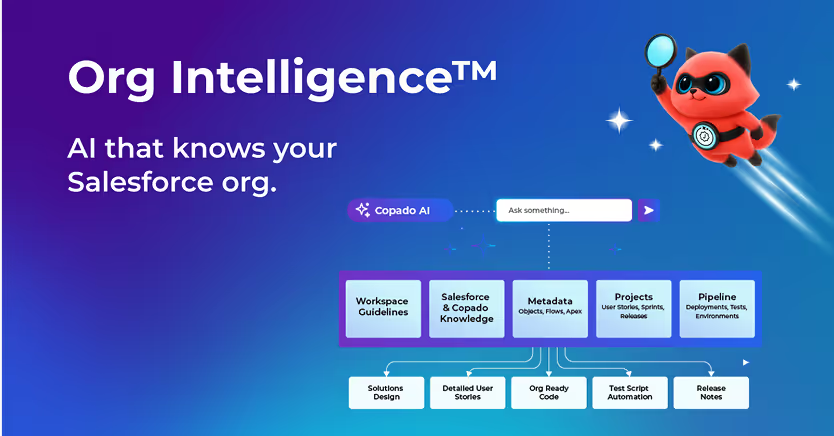











.svg)
.svg)

.png)

.svg)

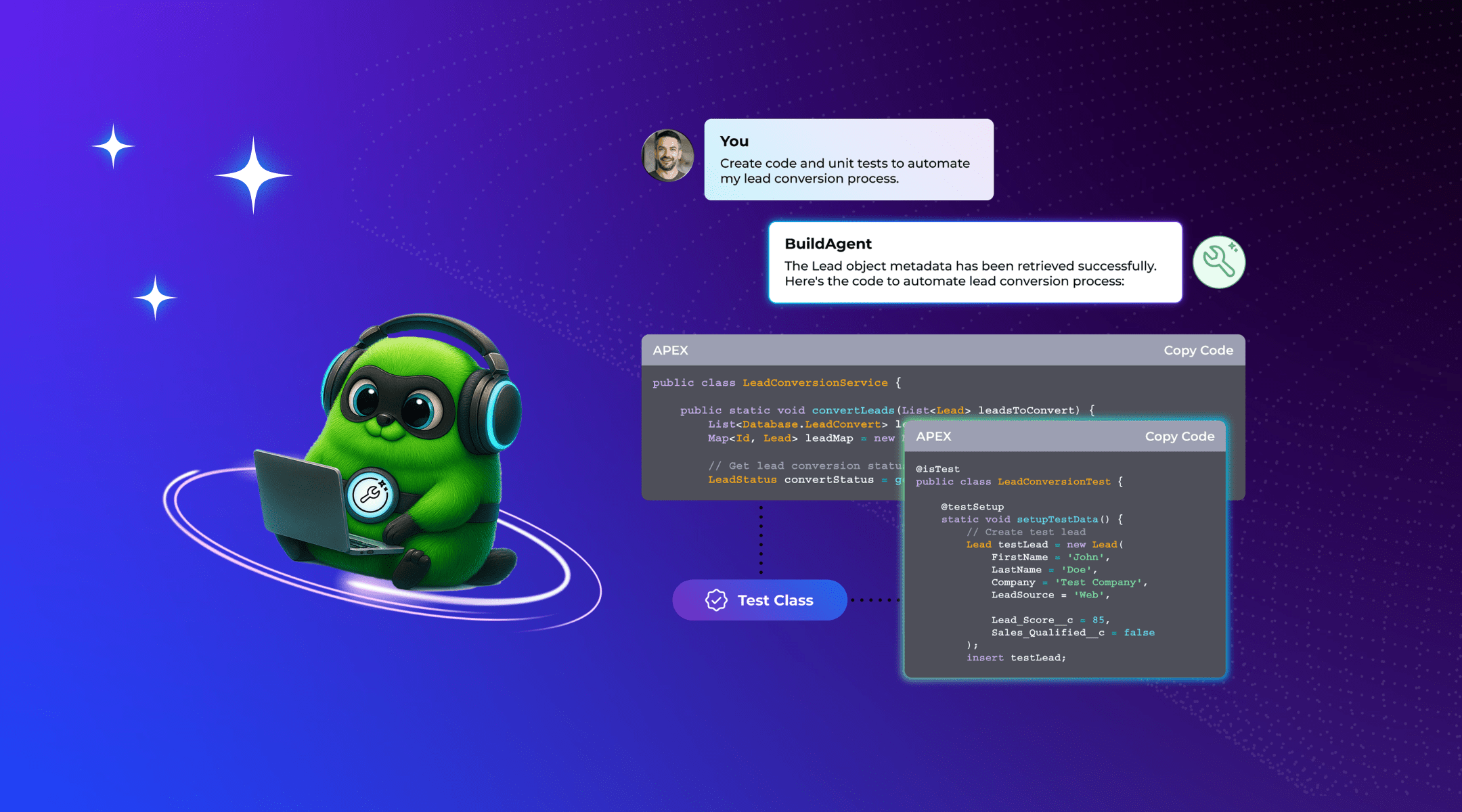


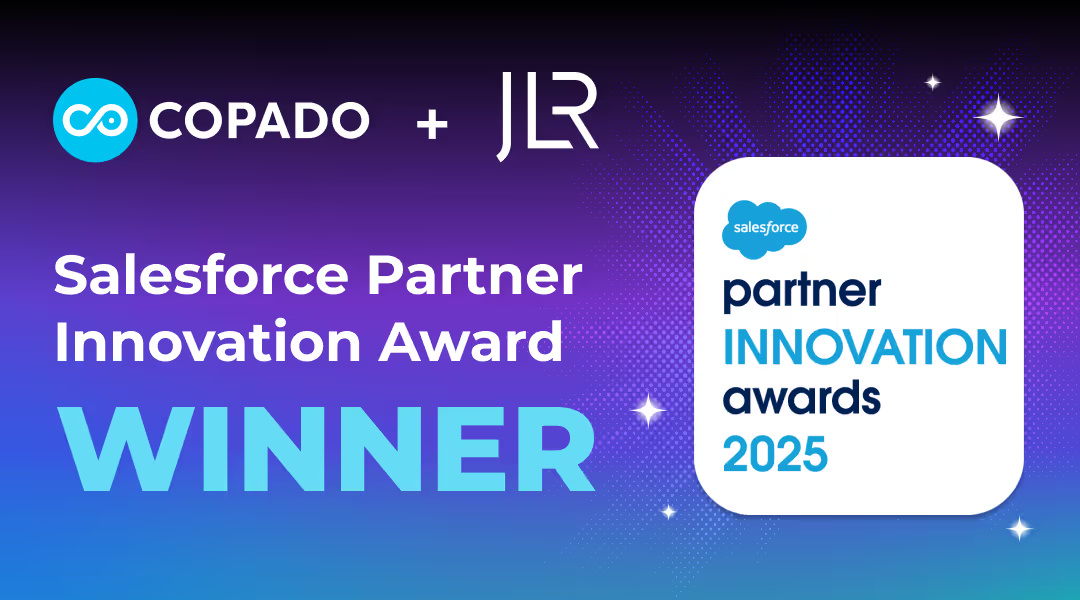



.avif)


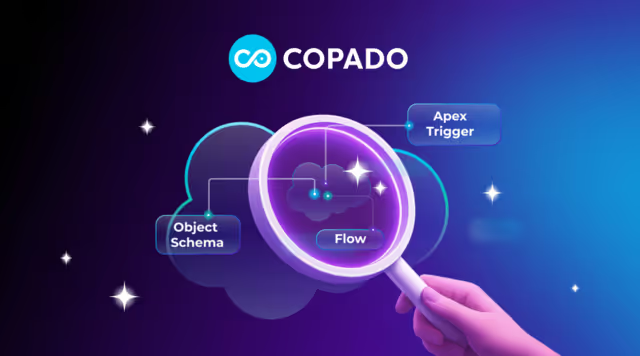
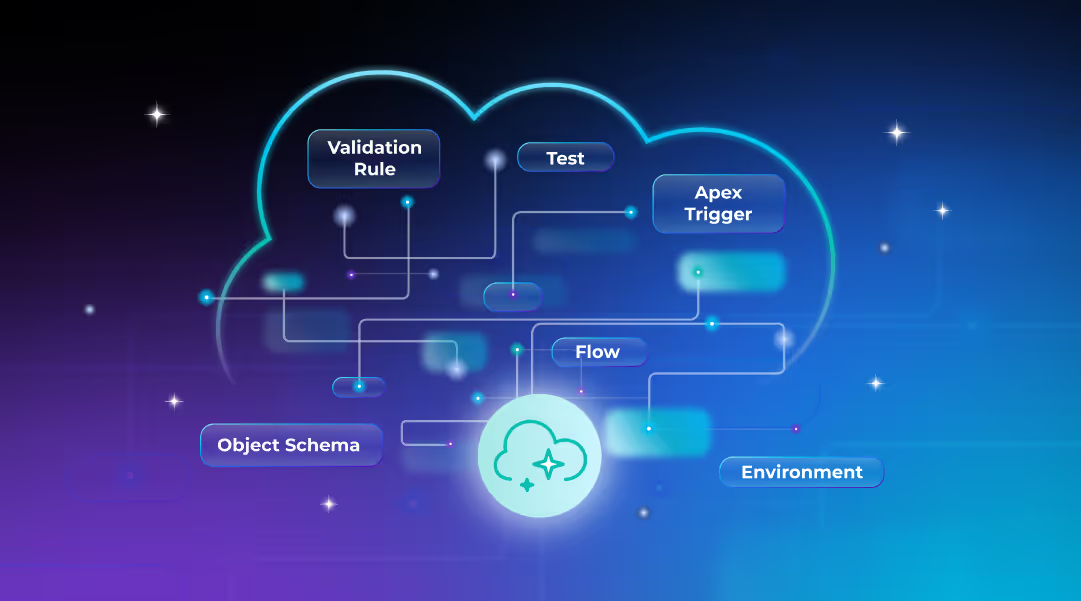









%20Data%20to%20Me_BLOG_1080x600.avif)






.avif)

































.avif)







.avif)



.avif)

























%20(1).png)
.png)
.png)

.avif)


.svg)
